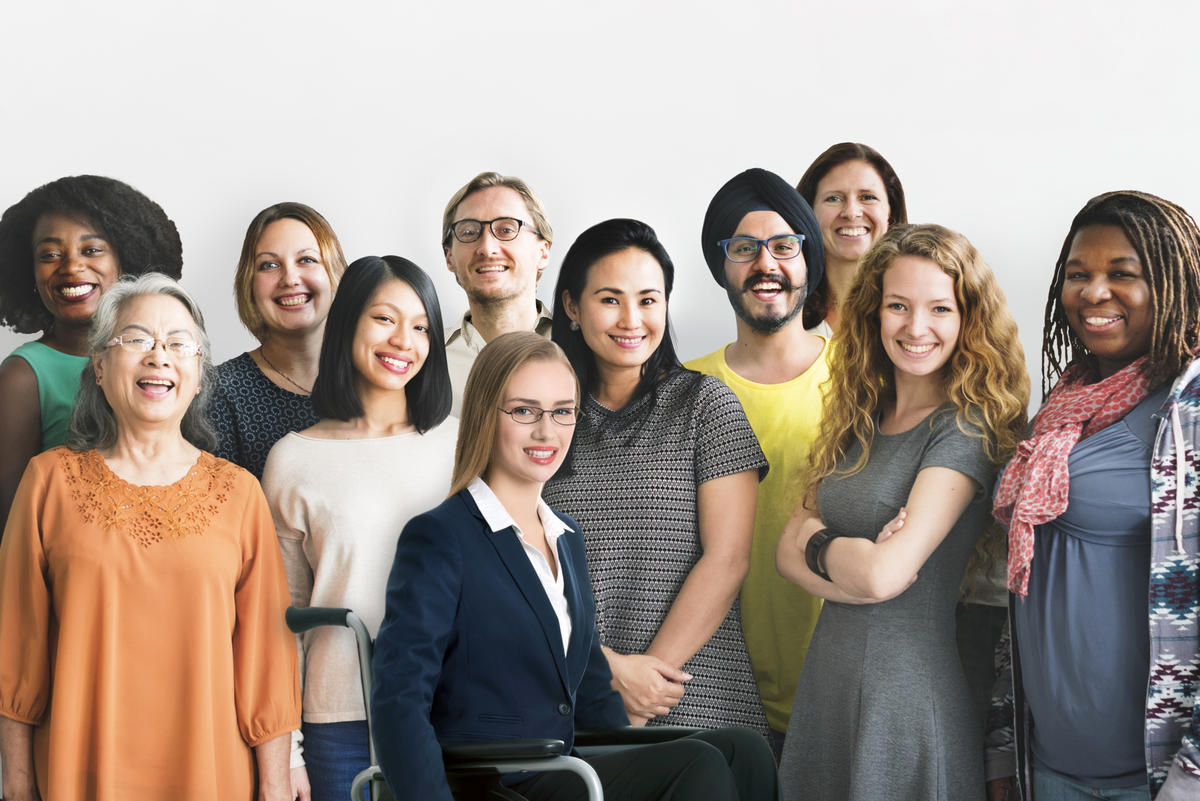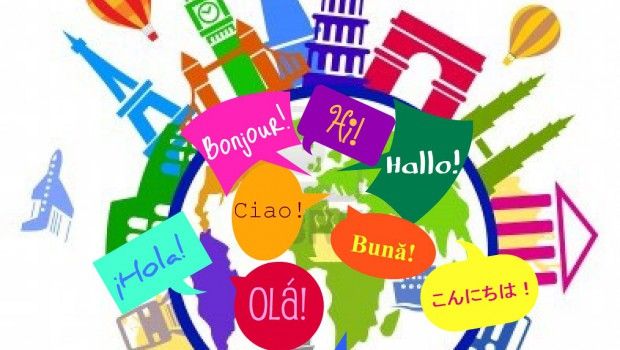Assignment:
- A time when you witnessed an adult (or yourself) reprimand or silence a child after he or she pointed out someone they saw as different (e.g., “That lady talks funny,” ” That man only has one leg!” “Why is that man so pretty!”). Include what the child said and what the adult did or said in response. (Note: If you cannot think of a specific time ask a friend or family member.)
Response:
Last year two boys in my pre-k classroom named “B” and “L” kept saying throughout the year that two other boys were related “A” and “K”. Boys “B” and “L” were both white, while boys “A” and “K” were both darker complexions. “B” and “L” would say “they are brothers” and I would ask them why they thought that, to which they replied “because they look the same. They have the same skin and hair”. I had to ask them to not say that because they were not brothers and because it was not okay to assume something about someone. I had to explain that although “B” and “L”, the boys assuming that “A” and “k” were related, looked the same, did that make them brothers? Their answers were no. After which I said “so why would you think that “A” and “K” are brothers? I would have told you if someone in the classroom was related to each other. However, no one is related. We are all just different and that is okay”. After that day, the children would ever so often say that the other boys were brothers. I did try going over differences and similarities among people as a large group rather than individualizing any children. From there they would try to compare themselves to others and it was pretty interesting to see them talk about it.
An anti-bias person may have handled the situation better than my assistant and I did. They possibly could have “encourage additional ways to expand the child’s experience of diversity, such as community activities and books that depict differences of various kinds” (Derman-Sparks & Olsen Edwards, 2010, p.36). It is possible that the children were not exposed to that particular culture and race, therefore assuming that those two boys were related.
Reference
Derman-Sparks, L., & Olsen Edwards, J. (2010). Anti-bias education for young children and ourselves. Washington, DC: NAEYC.




